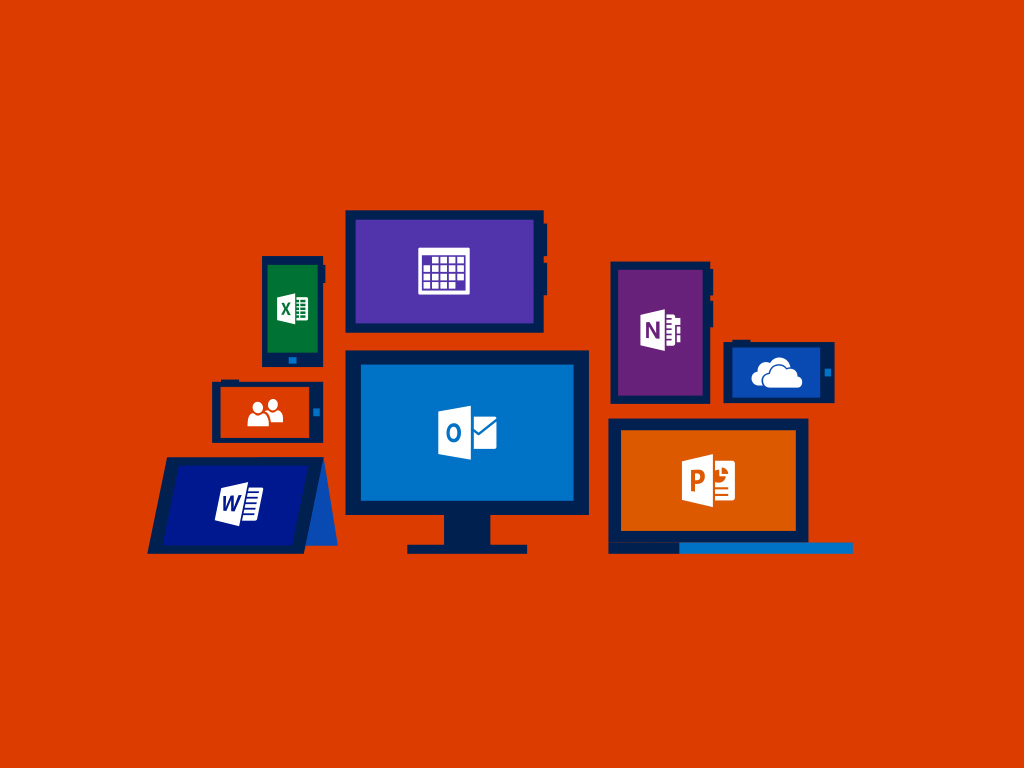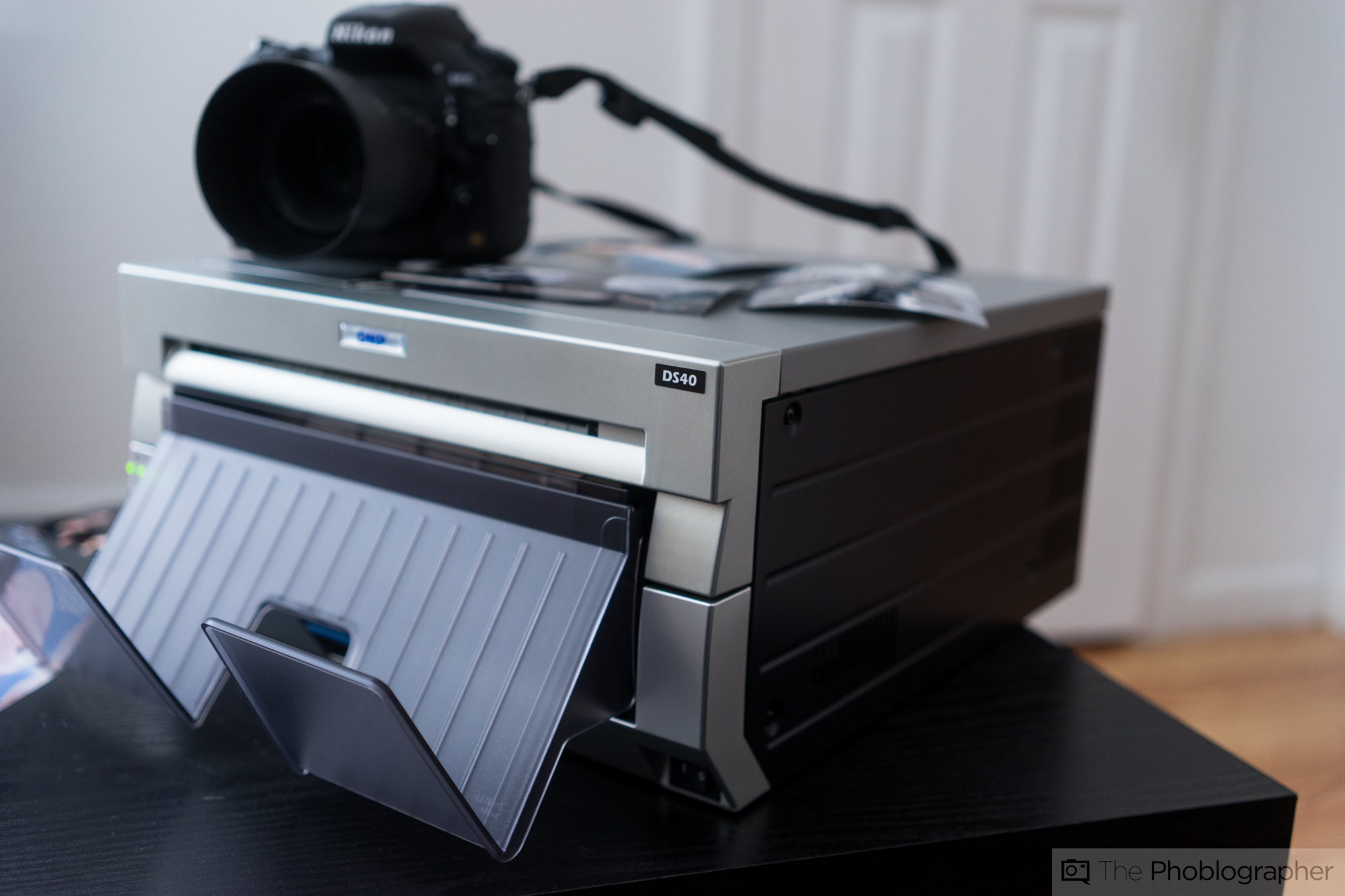Many people in spite of using computers for a long time, still not might be completely aware of burning ISO image files into a USB drive or CD/DVD. Prior to burning an ISO image, it is very essentially important for you to know where you would exactly need it, for example if you wish to reset any locked account password using password recovery tools, or if you wish to create bootable disk to install your computer with a new operating system, burning of ISO image files will be required.
If you have downloaded an ISO image of another operating system, say Ubuntu Linux or Windows 10, and you wish to turn that ISO image file into a bootable USB installer drive using a USB flash drive or USB key, you’ll find the most reliable way to copy or ‘burn’ the ISO to that target USB volume is by turning to the command line of Mac OS X. How to Make a Bootable USB Stick from an ISO File on an Apple Mac OS X fa icon='long-arrow-left' Back to all posts fa icon='pencil' Posted by Lewan Solutions fa icon='calendar' February 10, 2012.
ISO image files are basically fragmented files of CD which are compressed into a single module using certain softwares to make an ISO image file which usually comes with an .iso extension. It usually comprises softwares or operating systems. But to transfer it into a drive does not mean that you have to barely copy paste the image file into the USB drive. In order to burn ISO image files to USB drive, you need to embark with certain other methods to create a separate partition of boot sector within the drive where the compressed files of the ISO image file can become executable or readable.
- Connect your USB drive; Right Click on your USB drive option in TransMac and select Format Disk for Mac; After that, right-click the USB Drive and select Restore with Disk Image; Point to your Mac OS.dmg or.iso file by clicking the add button. After that TransMac will create bootable Mac OS USB within few minutes.
- Copy and Create bootable USB from ISO file Mac (now from.DMG) Now copy all the contents in the DMG file to the Pendrive. Follow the below command to copy files and make it bootable. Sudo dd if=converted.dmg of=USB disk location bs=1m. Eg: sudo dd if=Converted-windows.dmg of=/dev/disk2 bs=1m. Now you are all done.
- In addition, it offers a whole range of ISO creating, copying and editing tools. UUByte ISO editor is also extremely easy to use if you’re new to creating bootable USB media on Mac. The interface is highly intuitive, and the best feature is the ability to burn ISO files to a disk or drive with just one click.
Here in this article we would demonstrate you two methods to enlighten you on the matter of burning ISO image files to create a bootable disk on windows 10/8/7 and Mac OS.
Method 1: Burn ISO to USB Drive using WinSetupFromUSB
Making a bootable disk is a must if your system has been compromised lately, but before you do that you must be aware of how to burn ISO image files of your operating system into a bootable drive. Now WinSetupFromUSB is a ISO burning tool which besides extracting information off an ISO image file or to burn it, tell you whether your CD or USB drive have bootable information or not, that is already stored ISO image files.
Step 1. Download the program file and install it with all terms and conditions. Launch the program with admin privileges.
Step 2. From the main interface screen, go to the toolbar at the top of the main UI, and click on the 'Bootable' tab.
Step 3. From the drop down menu, click on 'Import from.' option and a dialogue box would appear. Select the ISO image file that you wish to burn and press 'Ctrl + S' to save it. It will be loaded on the main screen.
Step 4. Once you are done with all these steps, click on 'Burn' button just below the toolbar to initiate the burning process. When the burning process is done, you will be notified about it with a message.
Cons –
- Complex method – not recommended for novice users.
- Not provide Mac version.
- It is an outdated version and might not support all the versions of Windows operating system.
- It doesn't work with Windows 64-bit OS versions.
- It works very slowly to burn the ISO image files.
Method 2: Burn ISO Image to USB on Windows/Mac Using ISOGeeker
TunesBro ISOGeeker is a wonderful tool to burn ISO image files into a USB disk to make it bootable disk. Bootable disks are a real surprise to the situation when your computer needs serious attention of formatting,installing system, resetting passwords issues. Thus burning ISO image using a suitable ISO image burning tool is what you would definitely look forward to. This ISO Maker is also a wonderfully refined image burning tool which works real fast and creates the bootable disk in just few minutes. It basically provides 3 core functionalities to prevent any errors from coming while the burning process continues. Since version 4.5.1 program can create USB disk with Windows versions which support (U)EFI (win 10 x64), which USB disk can be used in both (U)EFI and Legacy BIOS modes.
Buy autocad for mac. Create precise 2D and 3D drawings with AutoCAD CAD software. AutoCAD includes industry-specific features for architecture, mechanical engineering, and more.
Step 1. Directly download the program file from the official website, and install it with all terms and conditions.
Step 2. Launch it with all administrative rights by right-clicking the tool icon and selecting 'Run as administrator' option.
Step 3. Click on 'Browse' and bring the required ISO image file for burning.
Step 4. Select the type of drive you want to choose 'Create a bootable DVD/CD' or 'Create a bootable USB'.
Step 5. Select the format of system files, that are FAT, FAT 32 or NTFS file system.
Step 6. Once you are done with your selection, simply click on 'Burn' button to initiate the burning process. You will be warned about the deletion of the all the contents of your Selected drive. Click 'Ok' to proceed.
It will take few moments before the entire burning of the ISO image file is completely finished.
Conclusion:
Burning ISO image files into USB Drives to create bootable disk is very simple to pull over if you can cautiously choose the suitable ISO image burning tool to accomplish the task, and so in respect of that TunesBro ISOGeeker is the most efficient tool of all to carry out the burning process without any delay and errors.
Related Articles & Tips
These advanced steps are primarily for system administrators and others who are familiar with the command line. You don't need a bootable installer to upgrade macOS or reinstall macOS, but it can be useful when you want to install on multiple computers without downloading the installer each time.
Download macOS

Find the appropriate download link in the upgrade instructions for each macOS version:
macOS Catalina, macOS Mojave, ormacOS High Sierra
Installers for each of these macOS versions download directly to your Applications folder as an app named Install macOS Catalina, Install macOS Mojave, or Install macOS High Sierra. If the installer opens after downloading, quit it without continuing installation. Important: To get the correct installer, download from a Mac that is using macOS Sierra 10.12.5 or later, or El Capitan 10.11.6. Enterprise administrators, please download from Apple, not a locally hosted software-update server.
OS X El Capitan
El Capitan downloads as a disk image. On a Mac that is compatible with El Capitan, open the disk image and run the installer within, named InstallMacOSX.pkg. It installs an app named Install OS X El Capitan into your Applications folder. You will create the bootable installer from this app, not from the disk image or .pkg installer.
Use the 'createinstallmedia' command in Terminal
- Connect the USB flash drive or other volume that you're using for the bootable installer. Make sure that it has at least 12GB of available storage and is formatted as Mac OS Extended.
- Open Terminal, which is in the Utilities folder of your Applications folder.
- Type or paste one of the following commands in Terminal. These assume that the installer is still in your Applications folder, and MyVolume is the name of the USB flash drive or other volume you're using. If it has a different name, replace
MyVolumein these commands with the name of your volume.
Catalina:*
Mojave:*
High Sierra:*
El Capitan: - Press Return after typing the command.
- When prompted, type your administrator password and press Return again. Terminal doesn't show any characters as you type your password.
- When prompted, type
Yto confirm that you want to erase the volume, then press Return. Terminal shows the progress as the bootable installer is created. - When Terminal says that it's done, the volume will have the same name as the installer you downloaded, such as Install macOS Catalina. You can now quit Terminal and eject the volume.
* If your Mac is using macOS Sierra or earlier, include the --applicationpath argument, similar to the way this argument is used in the command for El Capitan.
Use the bootable installer
After creating the bootable installer, follow these steps to use it: Chat for mac.
- Plug the bootable installer into a compatible Mac.
- Use Startup Manager or Startup Disk preferences to select the bootable installer as the startup disk, then start up from it. Your Mac will start up to macOS Recovery.
Learn about selecting a startup disk, including what to do if your Mac doesn't start up from it. - Choose your language, if prompted.
- A bootable installer doesn't download macOS from the Internet, but it does require the Internet to get information specific to your Mac model, such as firmware updates. If you need to connect to a Wi-Fi network, use the Wi-Fi menu in the menu bar.
- Select Install macOS (or Install OS X) from the Utilities window, then click Continue and follow the onscreen instructions.
Learn more
For more information about the createinstallmedia command and the arguments that you can use with it, make sure that the macOS installer is in your Applications folder, then enter this path in Terminal:

Catalina:

Mojave:
High Sierra:
Windows Iso To Usb For Mac
El Capitan:
